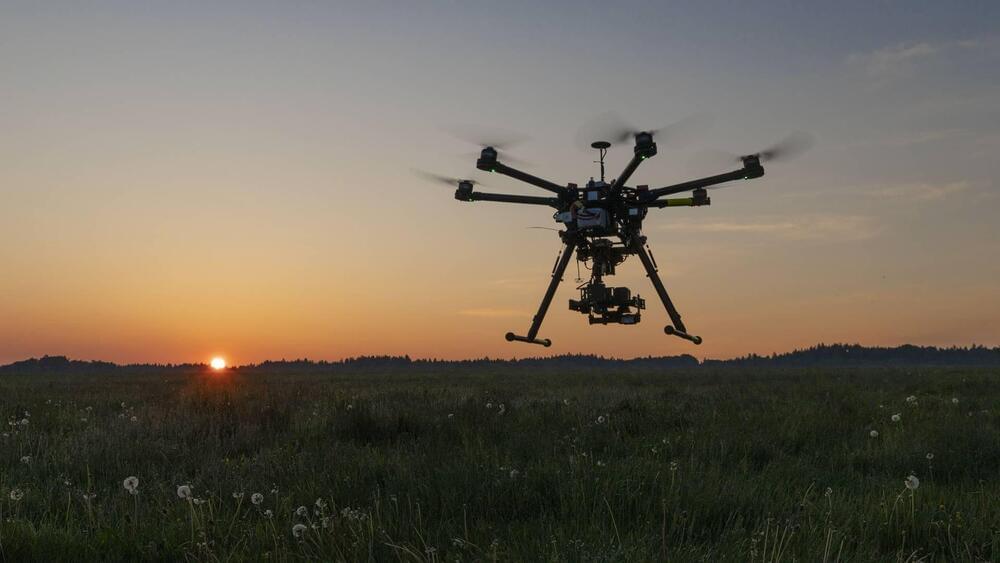Bacterial cells can easily share genes with one another, and have a few ways to do so. Viruses called bacteriophages infect bacterial cells, and they can also transfer genes between bacterial cells in a process known as transduction. Often, the genes that are being shared confer resistance to a drug, and once a bacterial cell gains the ability, antibiotic resistance can easily spread through populations of microbial cells. Now scientists have discovered another mechanism that bacteria use to share genes, and it can help microbes evolve even faster than we knew. The findings have been reported in Cell.
There are three types of transduction that we now know about: generalized, specialized, and lateral. The newly revealed mechanism is called lateral cotransduction. It is about as rapid as lateral transduction, which itself is far faster than generalized transduction. However, the study indicated that lateral cotransduction is more complex and versatile than the other modes of transduction. Lateral transduction happens when phages that have integrated into bacterial genomes are reactivated, and trigger reproduction in the lytic cycle; but lateral cotransduction can while new bacterial cells are being infected, and during the reactivation process.






